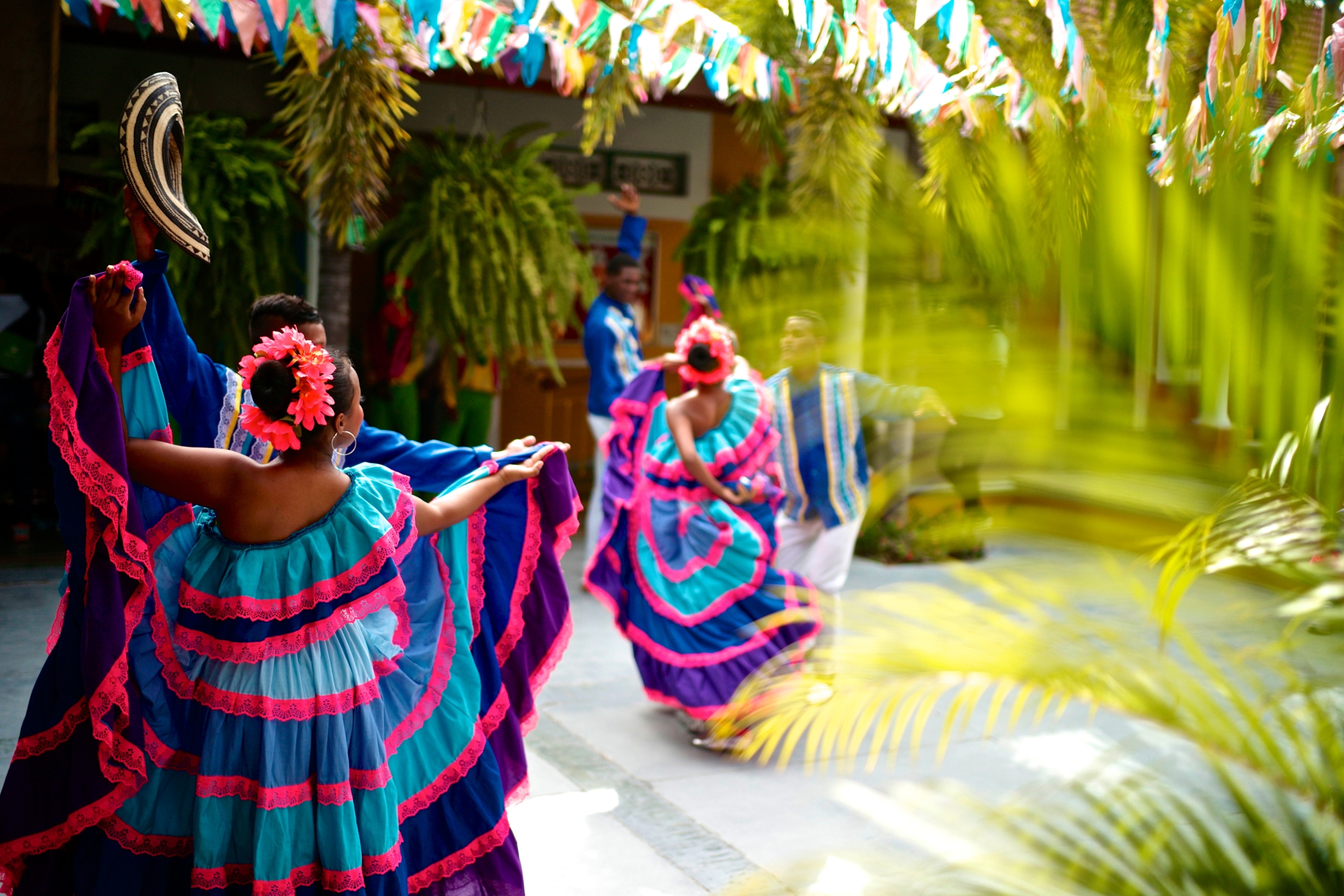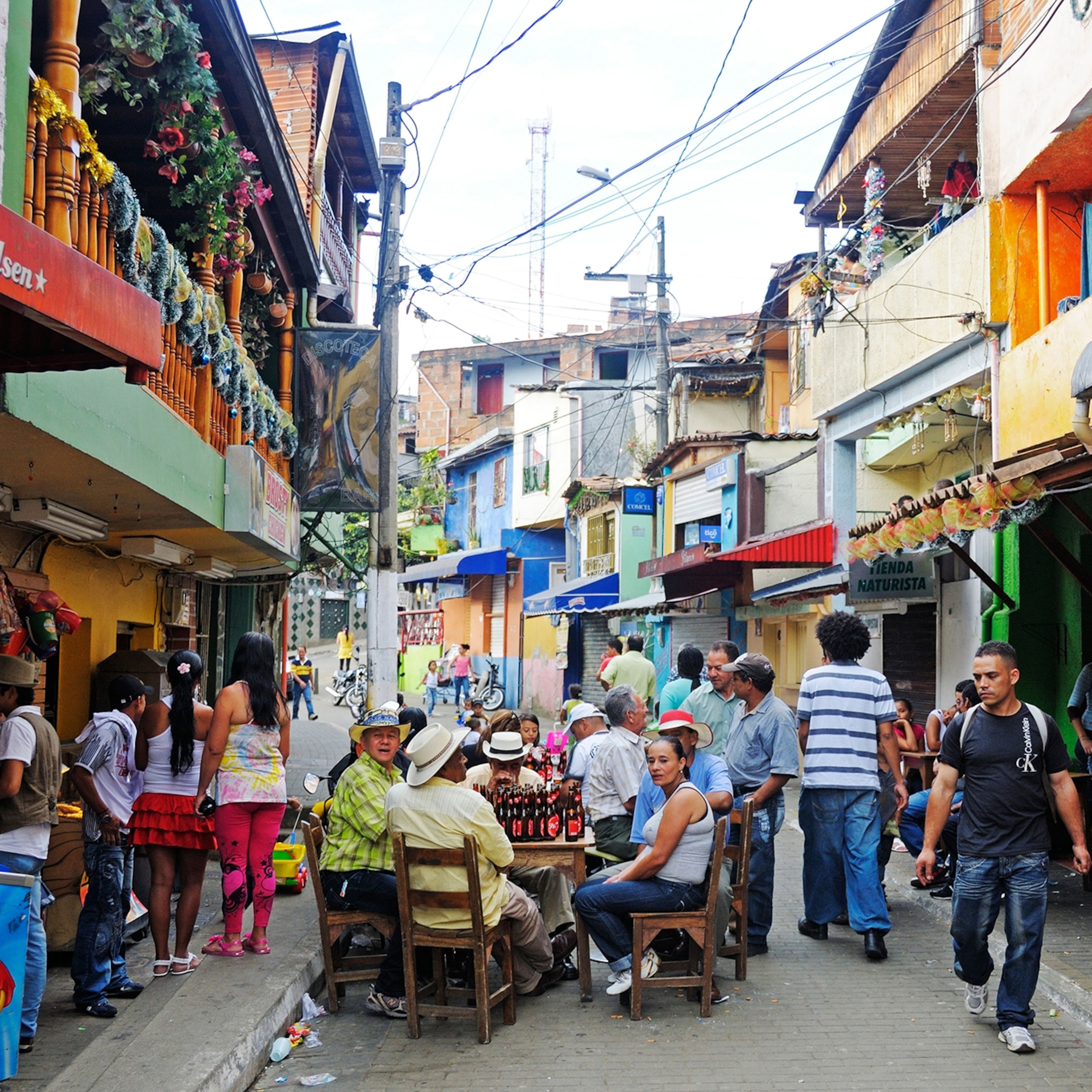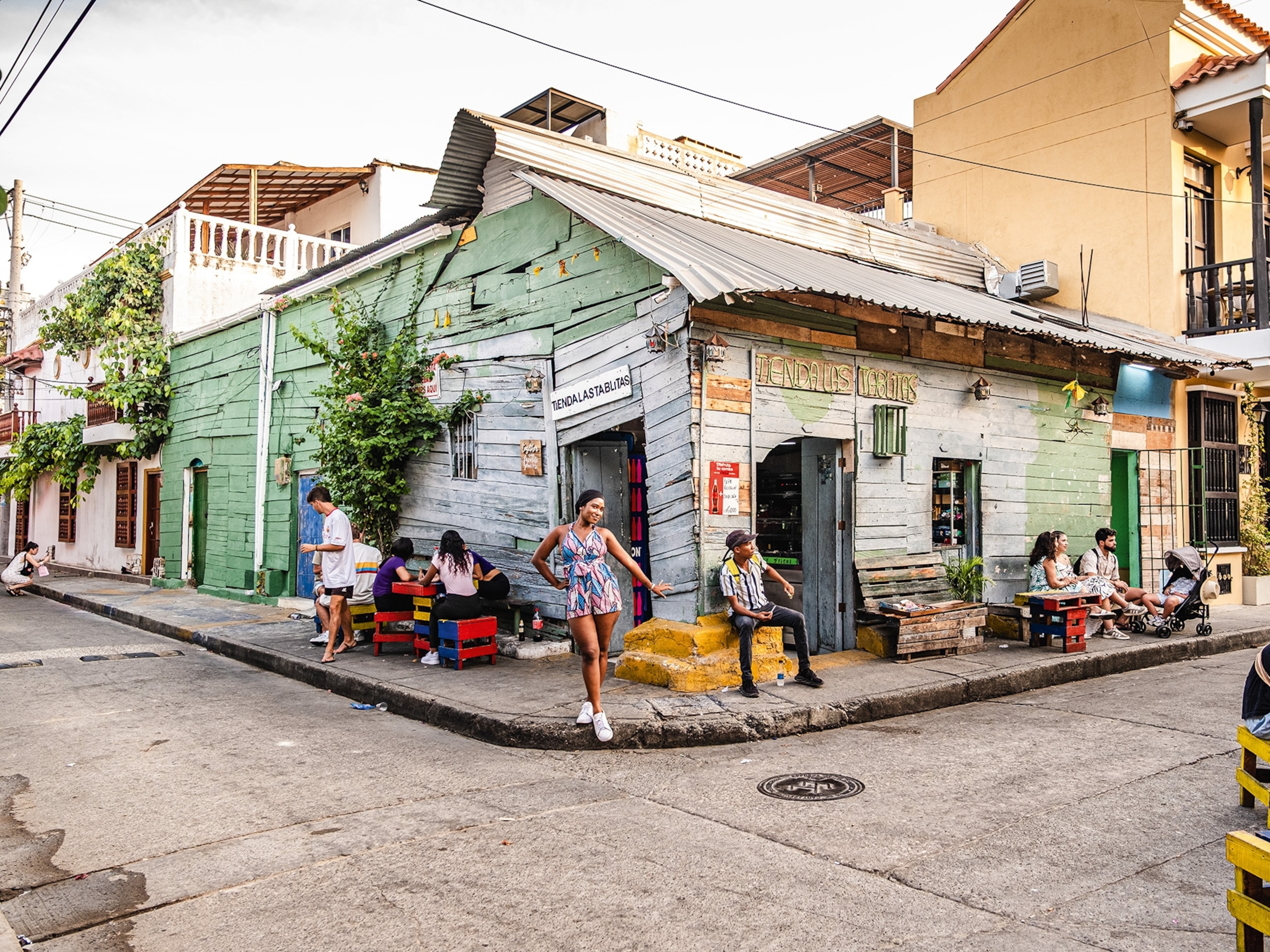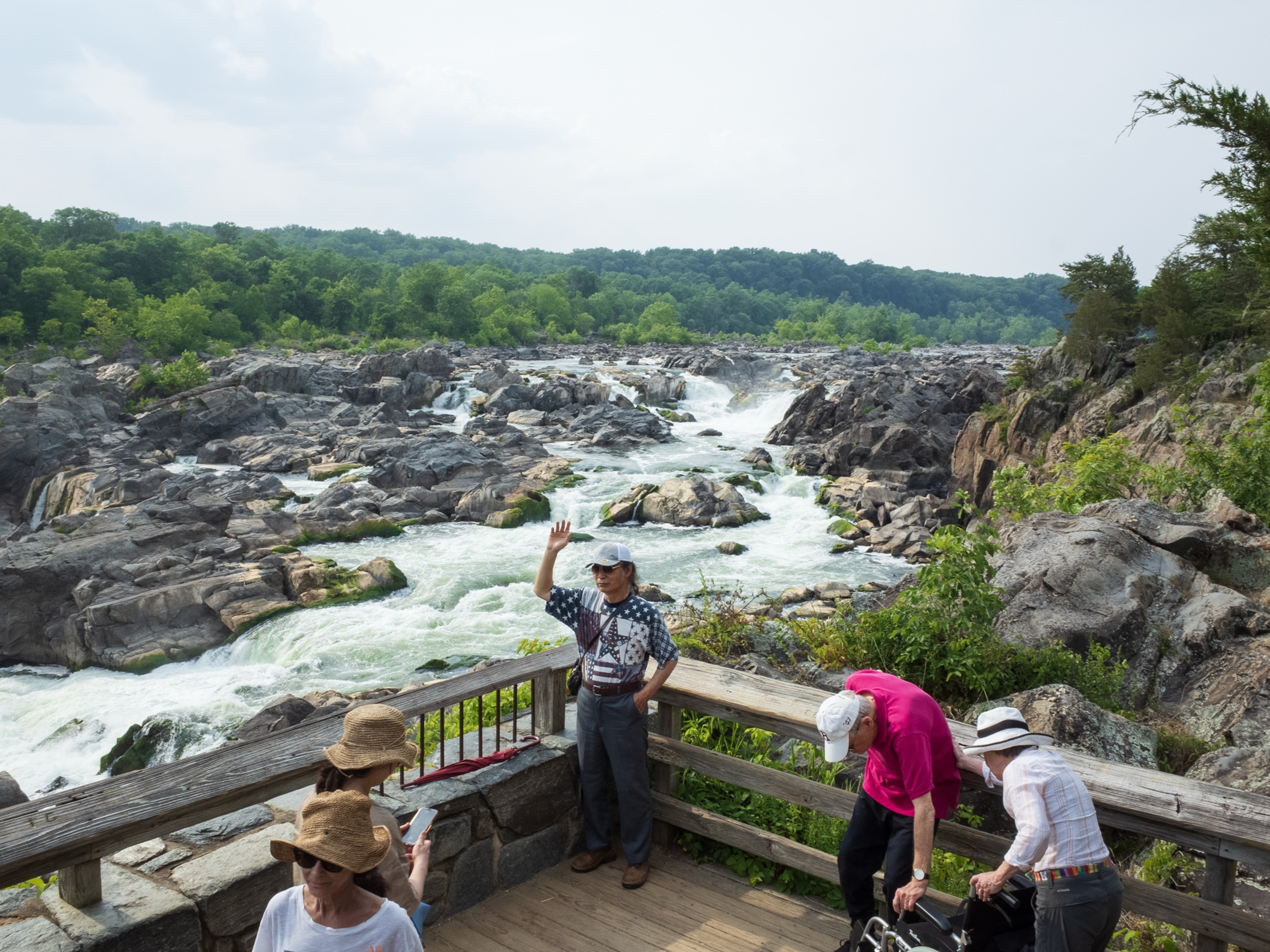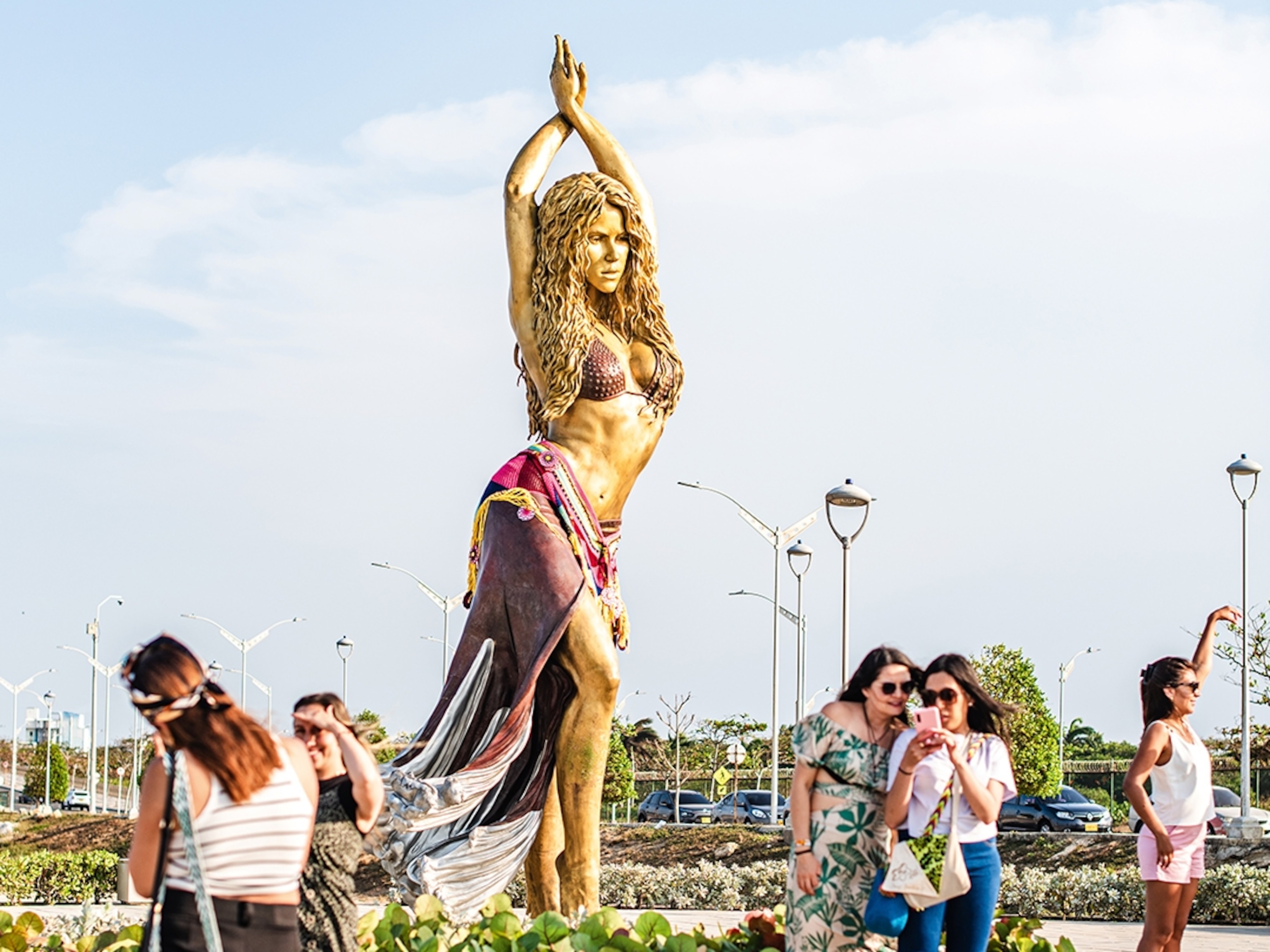
Seven wonders of Colombia
From animal encounters in rainforests to culinary experiences in historic cities, Colombia offers a heady mix of wild and cosmopolitan.
Few countries can boast the cultural and geographic diversity of Colombia; its melting pot population, rich pre-Columbian heritage, historic cities and dramatic landscapes make the nation one of this decade’s in-demand destinations. Stretching from the Caribbean to the Pacific to the Amazon Basin, and fringed by miles of alluring beaches, Colombia offers travelers myriad locations for off-the-beaten-track adventures. Its cities are a major draw, too: Bogotá is in the throes of an artistic and culinary renaissance, while Medellín’s globally recognized regeneration schemes have seen it blossom into a sophisticated cultural center. This heady mix of contrasts—wild and cosmopolitan, ancient and new—defines any visit to Colombia. With so much on offer, here are seven ways to tackle your trip.
1. Take your pick of paradise islands
Coconut palms bowing over platinum sands and teal waters flashing with fish: Colombia’s Caribbean islands are the epitome of tropical beauty. Dotted along the northern coast are the coral archipelagos of Rosario and San Bernardo, bastions of Afro-Caribbean Raizal culture. Here, overnight stays in “floating” guesthouses might include kayaking trips into mangroves lit up by bioluminescence, like those around the beauty spot of Mucura Island. The magic continues farther out at sea, on remote San Andrés and its sister islands, Providencia and Santa Catalina; here, one of the world’s largest barrier reefs offers fantastic scuba diving. Only a short flight from the mainland, the islands feel a world apart: discover the islands’ unique Raizal culture as you hike, sail and dine in a far-flung fleck of paradise.
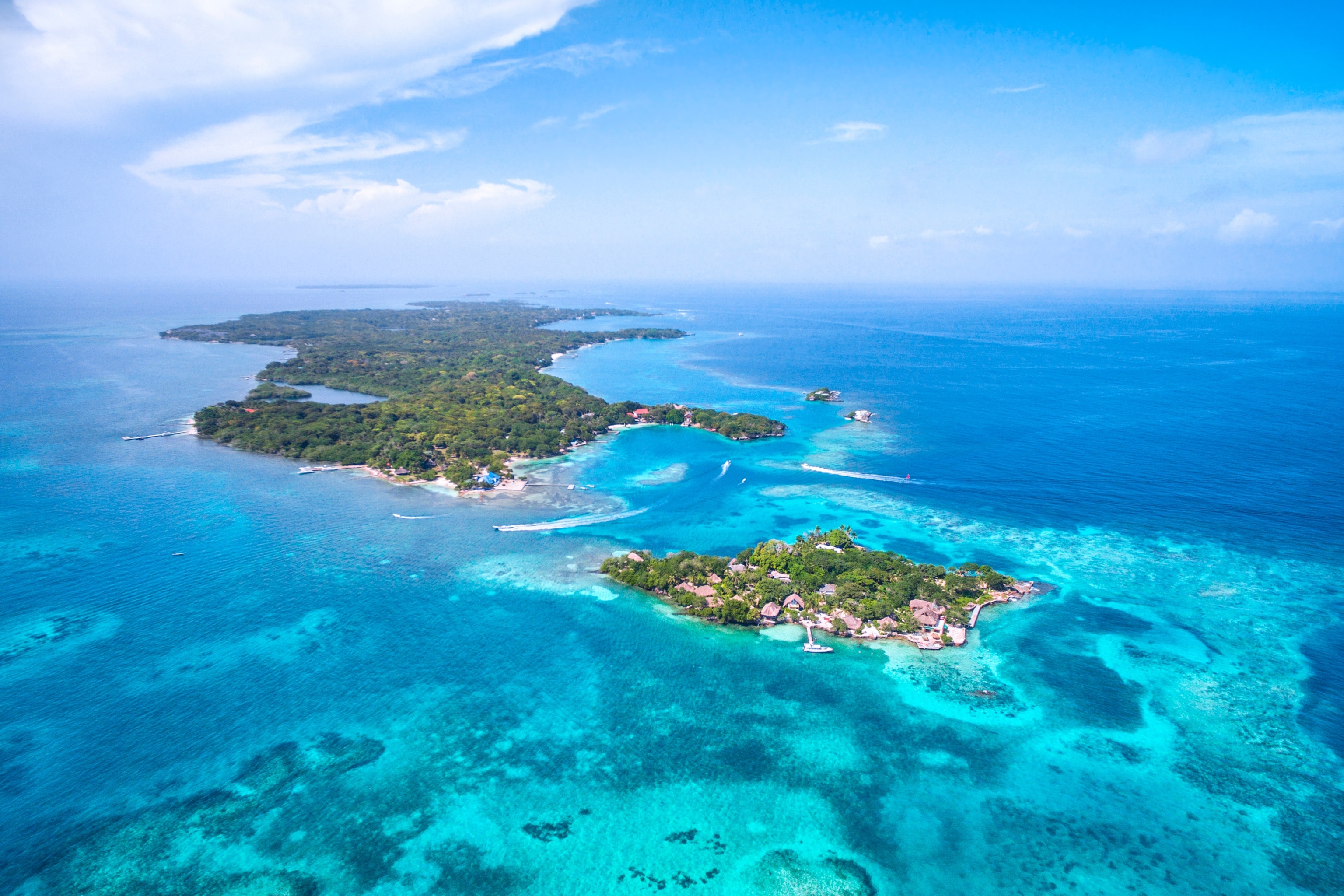
2. Experience incredible wildlife
Backed by steamy lowland forests and gushing waterfalls, Colombia’s Pacific coast is one of its least-visited regions—and one of the world’s most biodiverse. Base yourself at one of the eco lodges clustered around Nuquí or El Valle and follow experienced nature guides along black-sand beaches where sea turtles nest, into forests filled with exotic flora and birds, or out onto the waves to spot pods of humpback whales. Equally fascinating for wildlife enthusiasts is the Colombian Amazon at the country’s southern tip, where tours from the border town of Leticia venture upriver in search of endangered pink Amazon River dolphins and elusive jaguars.

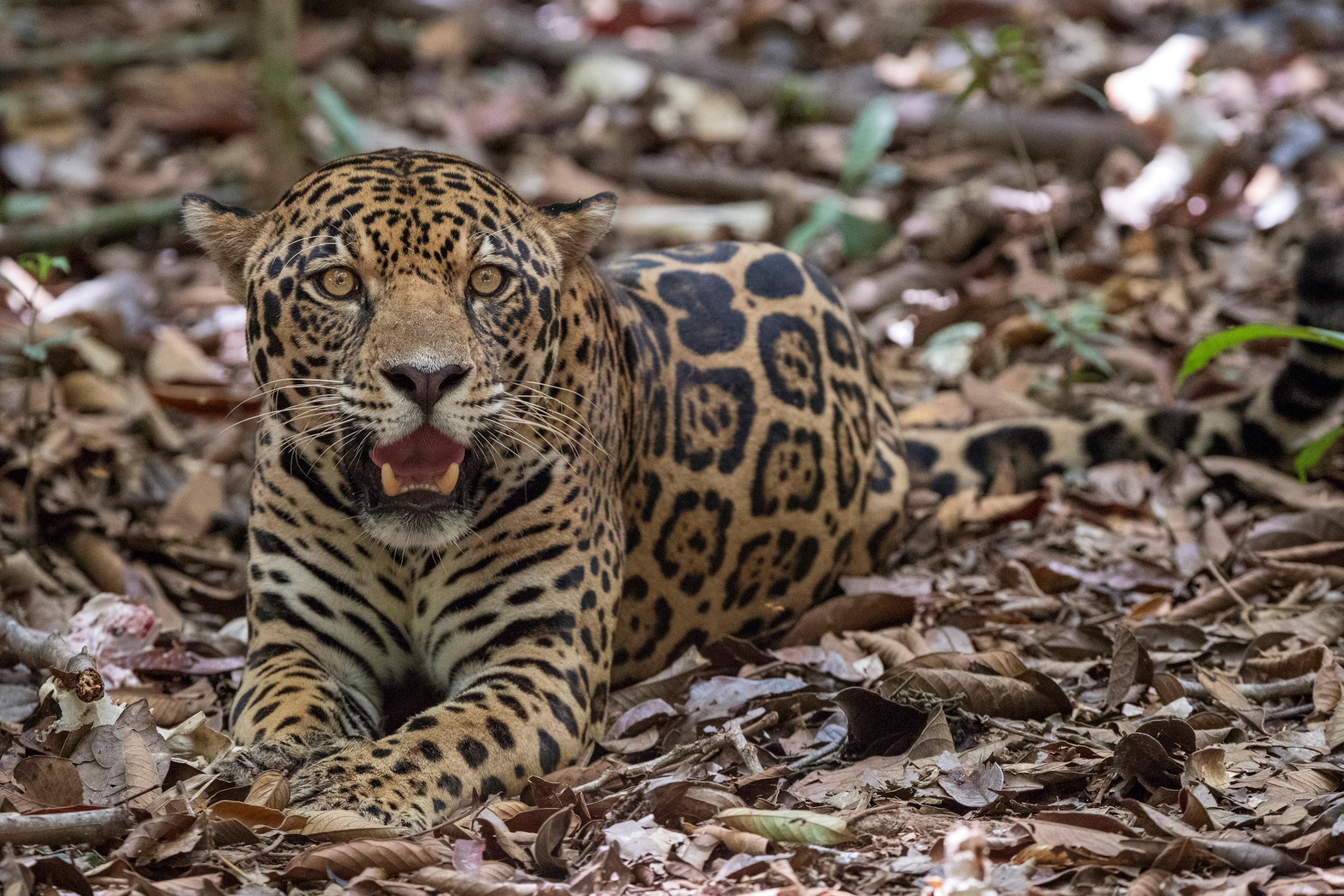
3. Sample vibrant art and architecture
Colombia’s vibrant visual culture—its costumes, crafts, art, and architecture—stems from an innate appreciation for color, drama, and self-expression. And while the major cities all offer excellent museums, the best way to experience the culture is on the streets. Buzzy Medellín is a hotspot for guided walking tours, weaving between the bulbous sculptures of Fernando Botero and exploring the moving murals of Comuna 13. The walls of Bogotá’s La Candelaria neighborhood have become canvases, too, with large-scale, avant-garde paintings offering insights into contemporary politics. To learn about the aesthetics of a past era, however, venture to Cartagena and sign up for an architecture walking tour of the walled Old Town, a UNESCO World Heritage Site comprised of cobblestone plazas, historic mansions, and the iconic San Felipe Castle, built to protect the city from invaders during Spanish rule.

4. Adventure into unforgettable landscapes
Colombia contains vast tracts of sublime wilderness, from the formidable volcanoes and glaciers of Parque Nacional Natural Los Nevados to the windswept dunes of La Guajira Peninsula and the tropical idyll of Parque Natural Nacional Tayrona. All lend themselves to guided or self-guided tours and staying in rustic guesthouses along the way. For those looking for serious thrills, however, there’s only one destination: the picturesque region of Santander. Surrounded by cascades and canyons, the backpacker town of San Gil offers an extensive menu of competitively priced adventure sports, from mountain biking and white water rafting to paragliding and even spelunking. While here, take a daytrip to explore the atmospheric, whitewashed town of Barichara, touted as the prettiest in all Colombia.
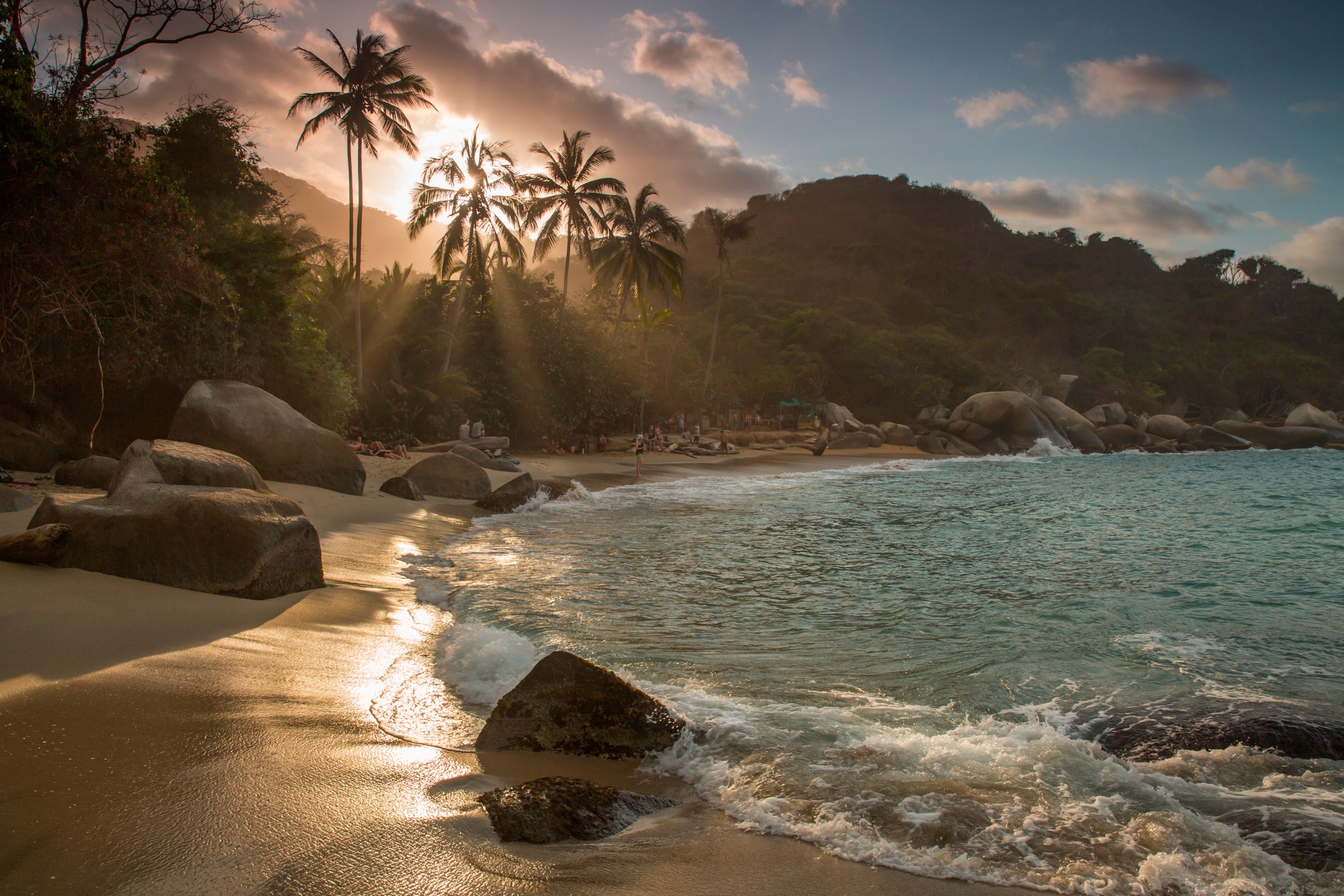
5. Explore the relics of ancient civilizations
Counted among Latin America’s most famous treks, the challenging four-day jungle hike to Ciudad Perdida (Lost City) reveals the ruins of a millennium-old civilization. Less famous but equally rewarding to discover are the mysterious underground tombs of Tierradentro with their dazzling geometric frescoes (bring your own torch to explore the sites) and the large, funerary carvings of nearby San Agustín. A more easily accessible monument to the pre-Columbian era stands in the capital: book a ticket for Bogotá’s sensationally popular Museo del Oro (Museum of Gold), home to astonishing feats of metalwork that offer clues to ancient cosmologies and rituals.
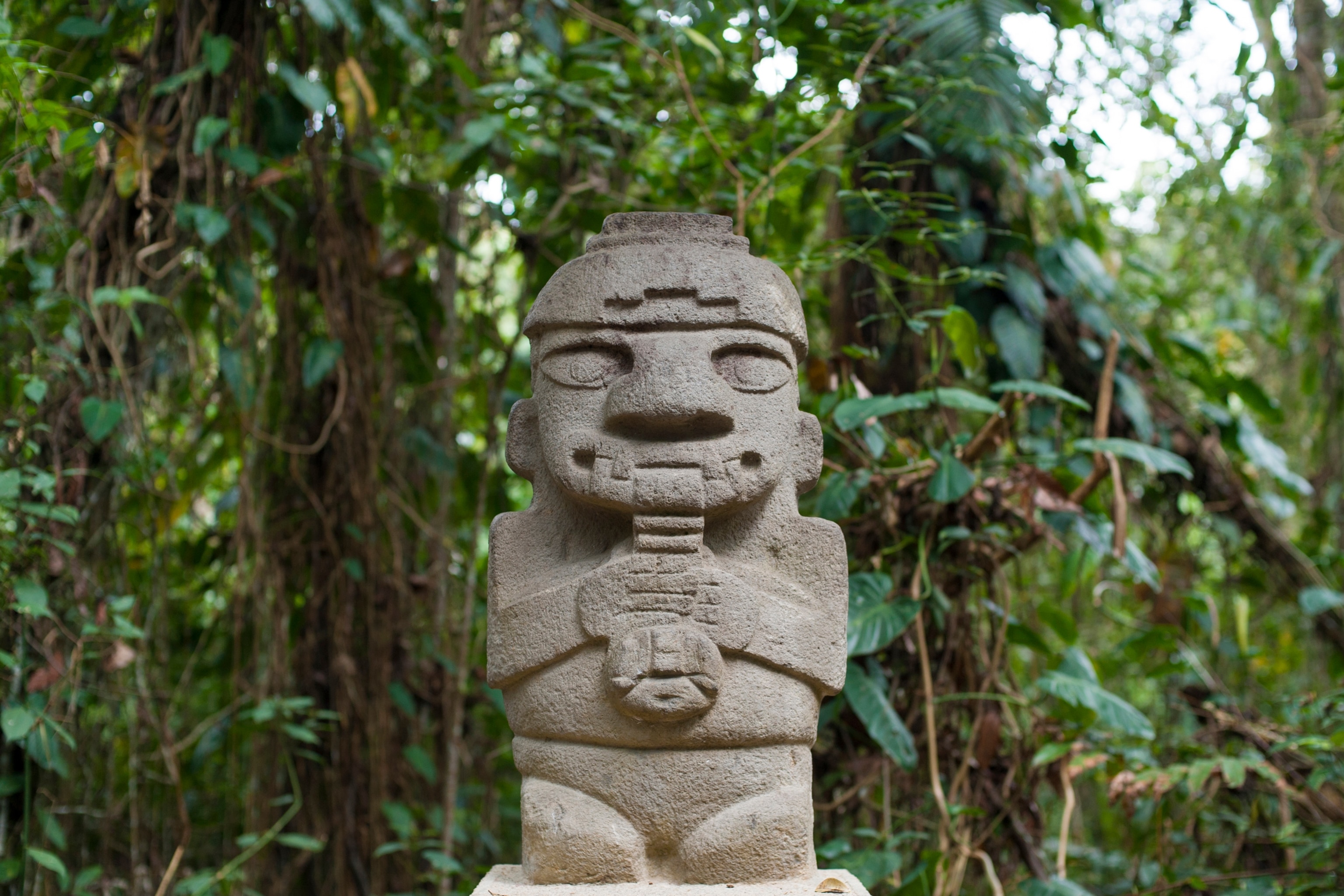
6. Learn the art of coffee making
There are many secrets to the global success of Colombian coffee, but location is an indisputable factor. The soaring valleys south of Medellín make up the nation’s main coffee-growing regions and produce the fragrant arabica beans favored by coffee lovers worldwide. Numerous estates in the regions of Risaralda, Quindío, and Caldas have opened up guest rooms to travelers, offering plantation tours, horseback rides, and, during the twice-annual harvests, a chance to join in the picking. For coffee aficionados, there’s nowhere better to learn about the journey from bean to bag, and to try a cup of joe at the very source.
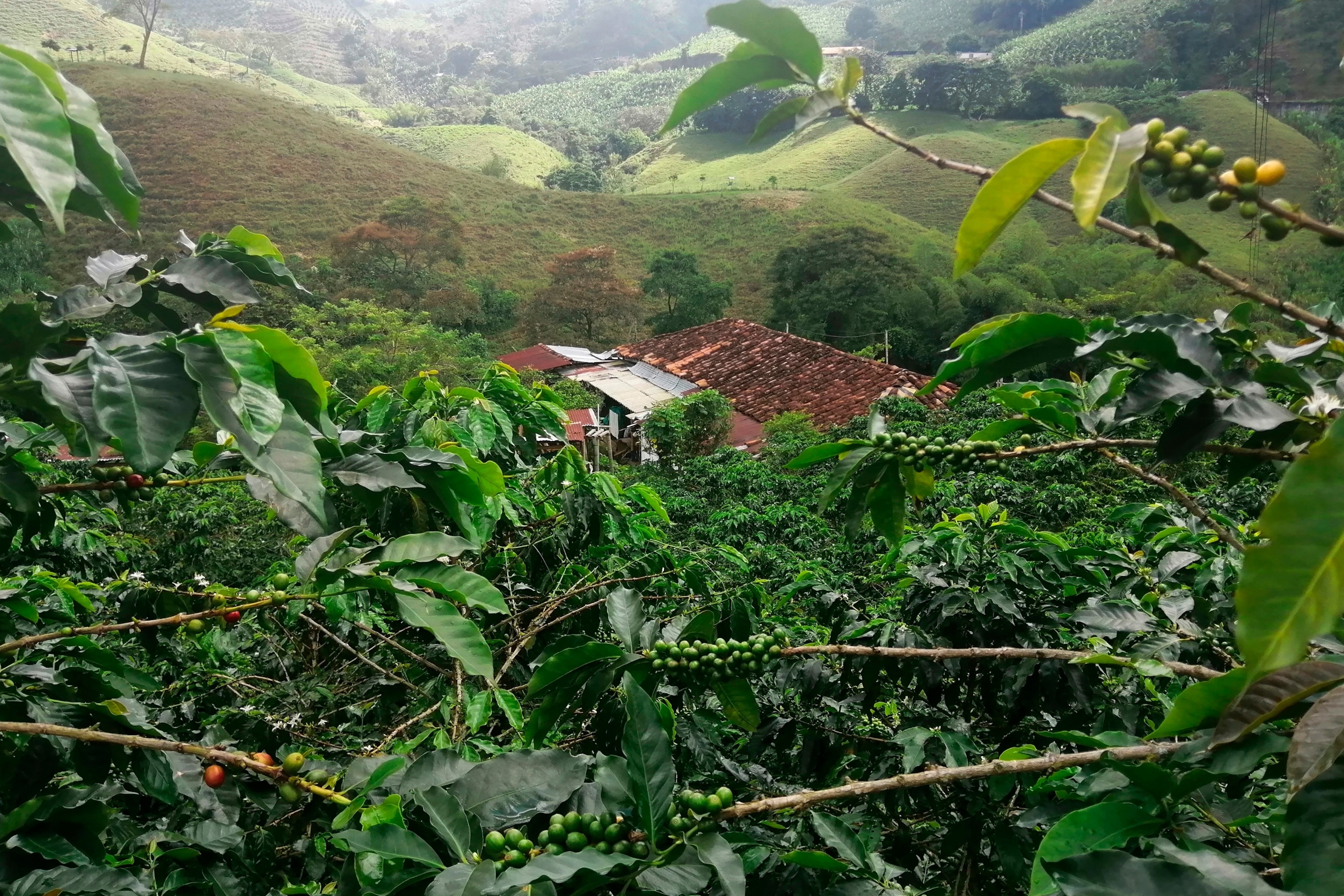
7. Dance and dine like a local
Dancing is as integral as food to life in Colombia―time your trip to coincide with a festival, and you’ll even be able to experience them side by side. At the Carnival celebrations held in Barranquilla at the start of Lent, for example, watch costumed performers parade to local rhythms while fueling up at stalls serving traditional street foods. Try fried corn-and-cheese arepas and steamed dough-and-meat tamales, finishing them off with a jam-smothered wafer known as an oblea. The country increasingly excels at haute cuisine, too, with top chefs in Bogotá and Medellín offering playful riffs on classic dishes in smart settings. Pair dinner with a show: while Cali is the home of fast-paced, Colombian-style salsa, live music and dance can be found in every corner of the country.
